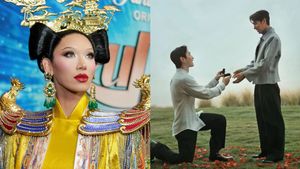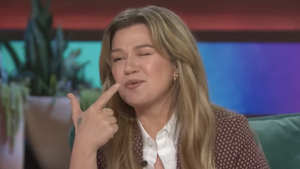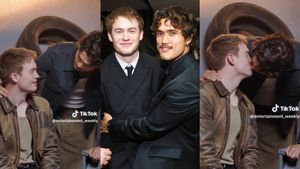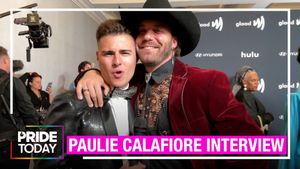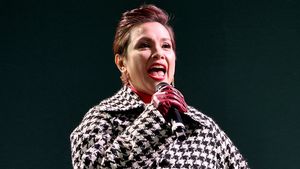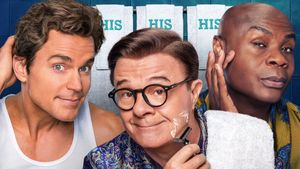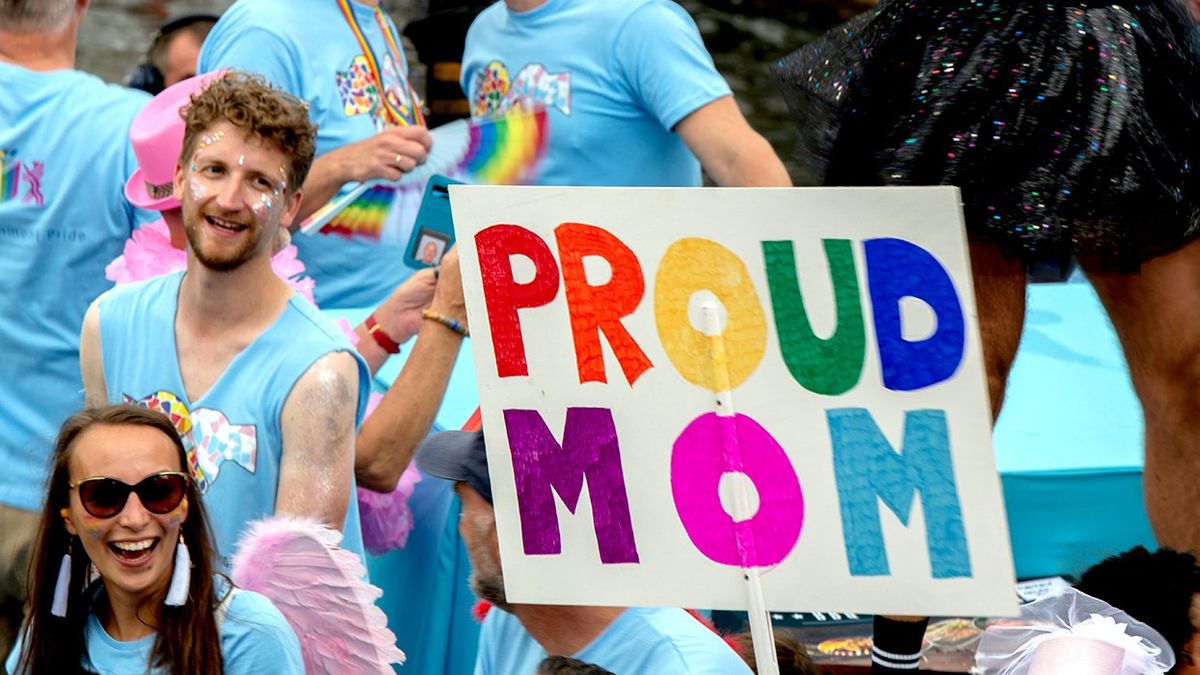One might get the
impression from the Advocate's article, "Anatomy
of a Failed Campaign," that the effort
to defeat Proposition 8 was run out of a small room with
five chairs filled by a cabal of gay and lesbian
leaders who started meeting a few weeks before the
November election, blissfully unaware of the magnitude
of the challenge they faced. The story paints a picture of
leaders "inexperienced" at political
campaigns, who sought no outside counsel, professional
or amateur, and who didn't take the challenge
seriously until it was too late.
This may be a
compelling narrative, but unfortunately, it is utterly
incorrect and disregards the facts.
The No on 8
campaign was led by a Campaign Committee of LGBT and allied
organizations -- a committee that grew to exceed 100
members. In turn, that committee empowered an
Executive Committee of leaders from more than 15 state
and national groups, including the Human Rights Campaign,
the National Gay and Lesbian Task Force, the American
Civil Liberties Union, Planned Parenthood, the Gay and
Lesbian Alliance Against Defamation, API Equality,
Bienestar, the California Teachers Association, and the
Service Employees International Union as well as Dennis
Herrera, the San Francisco city attorney, among
others.
Throughout the
six month No on 8 campaign, both the Campaign Committee
and the Executive Committee met weekly, while in the final
weeks a smaller "mini-executive
committee" met daily. The campaign not only put
together by far the largest field operation ever assembled
for an antigay ballot initiative, by Election Day it
had raised more than six times the largest amount ever
been raised in such a fight.
Moreover, the
article fails to mention the campaign's senior professional
consultants, who were integrally involved. They included
Steve Smith, the senior consultant, who has run
multiple successful California ballot measure
campaigns; Celinda Lake, who has done voter research on LGBT
issues across the country for more than 15 years; Maggie
Linden (media), a senior vice president at Ogilvy
Worldwide; and Kimberly Ray (finance), who has led
fundraising on multiple campaigns from the Presidential
level on down.
Organizing
efforts began long before the official No on 8 campaign had
been launched: the L.A. Gay and Lesbian Center, the Task
Force, EQCA, NCLR, HRC, and other organizations began
to organize and build coalitions nearly four years
ago. By July of 2008, when the LDS Church began to
build its organizing machine, thousands of volunteers who
had been mobilized five months earlier in the
"decline to sign" campaign had already
been in the field, educating and identifying supportive
voters.
A myth seems to
have to taken hold that campaign leaders were lulled into
complacency by early polls that showed the proposition
failing by wide margins. On the contrary; campaign
leaders always knew this was an uphill battle, both
because our community has never won an antimarriage ballot
measure and because of the results of internal polling.
From the very
beginning, the campaign's internal polls showed an
evenly split electorate (40% on each side) with 20%
undecided. They consistently showed the initiative
passing, sometimes by significant margins. Yet
external polls, widely reported by the press, showed the no
vote artificially high. This seemed to contribute to
complacency among prospective campaign donors, causing
an August and September stall in No on 8 fund-raising
efforts -- all while the Yes on 8 fund-raising soared.
There are
legitimate questions to be raised about the advertising
campaign, but two points are central here: First, the lack
of early fund-raising success had a detrimental effect
on the ability to set the tone for the campaign and
combat the opposition's early ads. Second, ads
that focus on what is deemed important to one group tend to
have adverse or unintended effects on other groups.
The ads were targeted -- based on extensive research
-- to persuadable "undecideds," and this
ultimately was where the election would be won or
lost.
The outcome of
the election is a source of anger, frustration and sadness
to everyone who cares about equality -- in California and
throughout the world -- and to none so much as those
who spent months and months working to defeat the
initiative.
We are hopeful
that the California supreme court will act courageously to
ensure that a very small margin of voters does not deny
equal rights under the law to a targeted minority
community. In the meantime, an objective in-depth
analysis of all aspects of the campaign (led by a
professional firm external to the campaign organization)
will be conducted in the near future. We hope this
analysis will lead to a constructive discussion about
the failures and successes of the campaign, and, more
important, lay the groundwork for a successful effort to
overturn Proposition 8 should the courts fail to do so in
the coming months.
Click here to
read The Advocate article "Anatomy
of a Failed Campaign."







